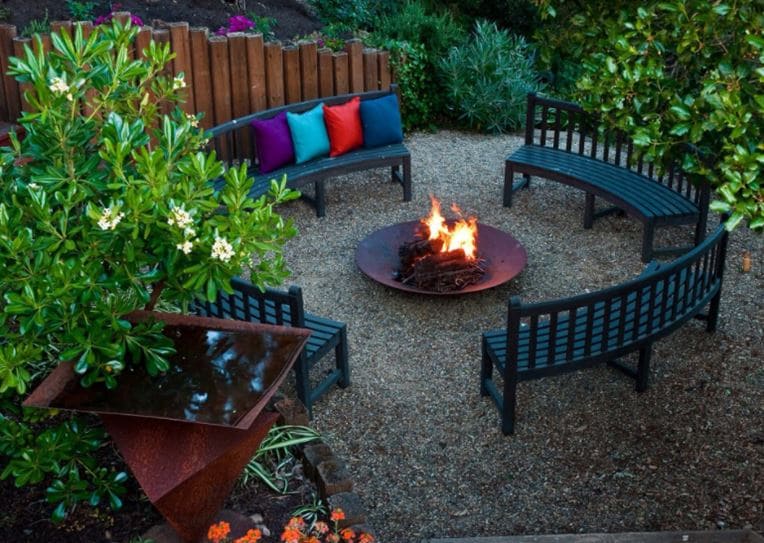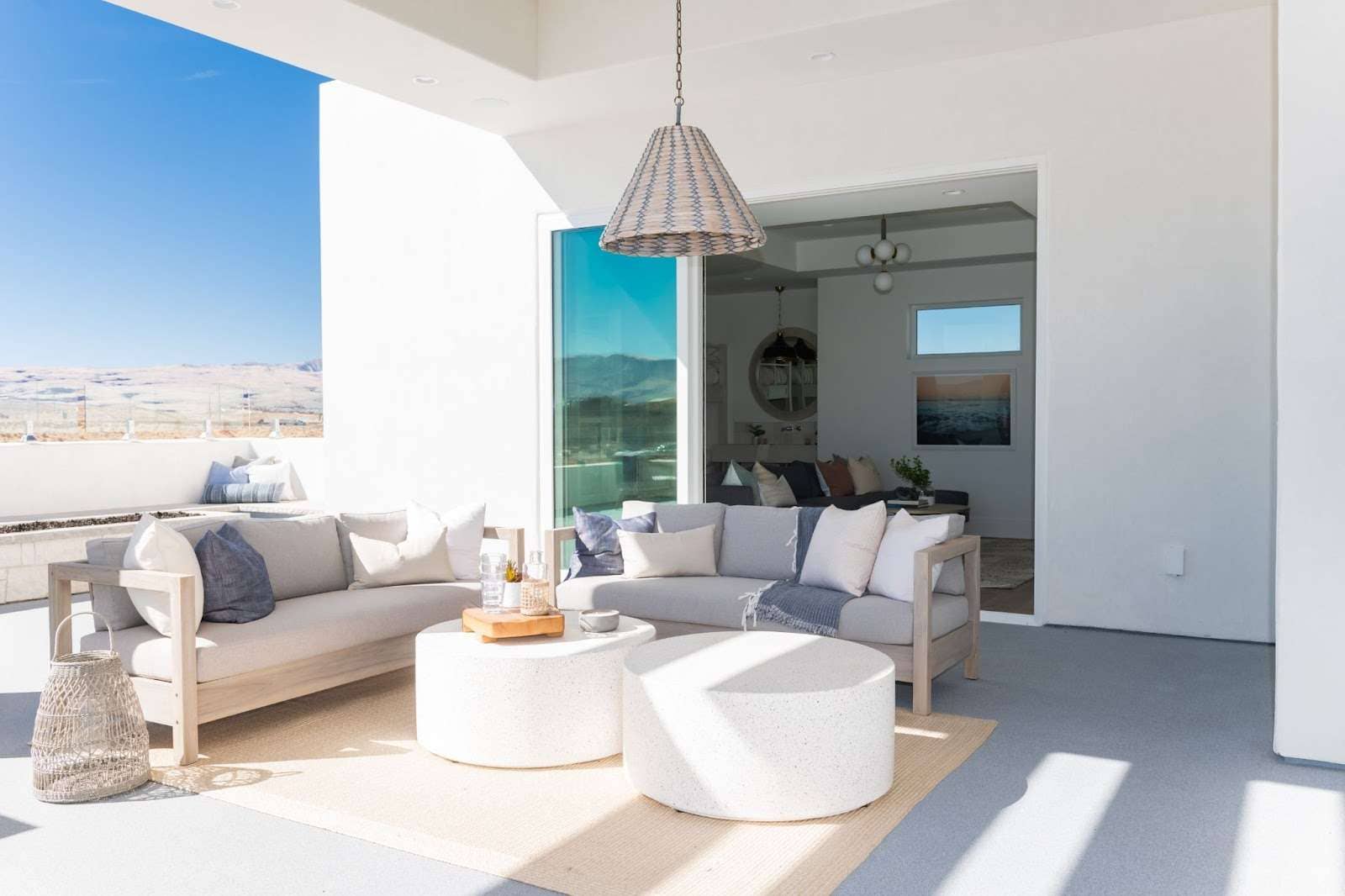Introduction:
Pea gravel patios have become a popular choice for homeowners seeking a versatile and visually appealing outdoor space. This cost-effective and low-maintenance option offers a range of benefits but also comes with its own set of challenges. In this article, we will explore the pros and cons of pea gravel patios to help you make an informed decision for your outdoor living area.
Pros:
- Cost-Effective: One of the most significant advantages of pea gravel patios is their affordability. Compared to other paving materials like concrete or stone, pea gravel is generally less expensive, making it an attractive option for budget-conscious homeowners.
- Easy Installation: Pea gravel is relatively easy to install, especially when compared to more complex patio materials. This can result in lower labor costs and a quicker completion time for your outdoor project.
- Aesthetically Pleasing: The natural look and texture of pea gravel add a rustic and charming appeal to outdoor spaces. The various colors available, including earth tones and subtle shades, allow homeowners to create a patio that complements the overall design of their home and landscape.
- Excellent Drainage: Pea gravel is permeable, allowing water to pass through easily. This feature promotes efficient drainage, preventing water accumulation and reducing the risk of puddles or flooding. This is particularly beneficial in areas prone to heavy rainfall.
- Low Maintenance: Pea gravel requires minimal maintenance. Unlike concrete or wood, there is no need for sealing or refinishing. Regular raking and occasional replenishment may be all that’s needed to keep the surface even and attractive.
- Versatility in Design: Pea gravel is a versatile material that can be used to create various design patterns and shapes. Whether you prefer a traditional grid layout or a more artistic arrangement, pea gravel allows for creative freedom in patio design.
- DIY Friendly: Due to its ease of installation, pea gravel is a great option for those who enjoy tackling DIY projects. Homeowners with basic construction skills can often undertake the installation process themselves, saving on labor costs.
Cons:
- Stability and Movement: One of the main drawbacks of pea gravel is its tendency to shift over time. This can result in uneven surfaces and may require periodic leveling. The movement of the gravel can be exacerbated in high-traffic areas or locations with heavy rain.
- Accessibility Challenges: Pea gravel may not be the most suitable option for individuals with mobility issues. The loose nature of the gravel can make it difficult for wheelchairs, walkers, or strollers to navigate smoothly.
- Weed Growth: While pea gravel provides good drainage, it can also be a haven for weed growth. Weeds may find their way through the gravel, necessitating regular weeding to maintain the patio’s appearance.
- Uncomfortable Walking Surface: Some people find walking on pea gravel less comfortable compared to a solid surface. High heels, for instance, may sink into the gravel, making it less practical for certain types of footwear.
- Limited Winter Use: In snowy or icy conditions, pea gravel may present challenges. Snow removal can be more difficult, and the uneven surface may pose slipping hazards. In such climates, alternative patio materials may be more suitable.
- Dust and Tracking: In dry conditions, pea gravel can produce dust, and the small stones may be tracked into the house, especially in high-traffic areas. This can create additional cleaning tasks for homeowners.
- Color Fading: Over time, exposure to sunlight and weather conditions may cause the colors of the pea gravel to fade. This could impact the overall aesthetic appeal of the patio.
Conclusion:
In conclusion, a pea gravel patio offers a range of benefits, including affordability, easy installation, and a natural aesthetic. However, it is essential to consider the potential drawbacks, such as stability issues, weed growth, and discomfort underfoot. Before deciding on a pea gravel patio, carefully evaluate your specific needs, climate conditions, and maintenance preferences to ensure that it aligns with your vision for an outdoor living space that is both functional and visually appealing.





